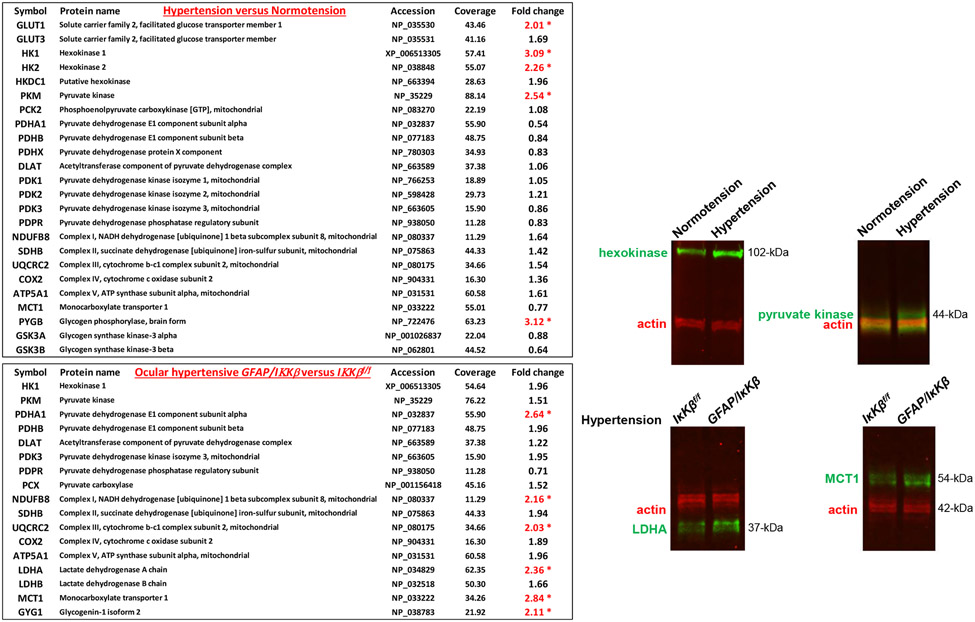Figure 4. Switched metabolic profile of reactive astrocytes in experimental mouse glaucoma.
Proteomic analysis of the isolated astrocyte proteins (by immunomagnetic cell selection) by isotope labeling-based quantitative mass spectrometry presented upregulation of glycolysis as evident by increased expression of enzymes catalyzing the rate-limiting steps of glycolysis, including hexokinase and phosphofructokinase (*P<0.05). Alterations in the expression of selected proteins were also validated by Western blot analysis of astrocyte proteins. In support of aerobic glycolysis, unchanged or reduced expression of pyruvate dehydrogenase suggested limited entry of pyruvate into the tricarboxylic acid cycle and oxidative phosphorylation. However, there was an accompanying decrease in the expression of monocarboxylate transporter (MCT1) in the glaucomatous astroglia, suggesting decreased metabolite delivery to stressed RGCs. Inhibition of NF-κB activation by IκKβ deletion in GFAP-expressing astrocytes (GFAP/IκKβ) reversed this metabolic profile of reactive astrocytes in mouse glaucoma, as prominent by an increased expression of pyruvate dehydrogenase and MCT1. Intraocular pressure elevation was induced by anterior chamber microbead injections, and the ocular hypertensive mice were followed for 12 weeks. This work has recently been presented at ARVO 2019 Meeting (Abstracts 3788 and 3792).

